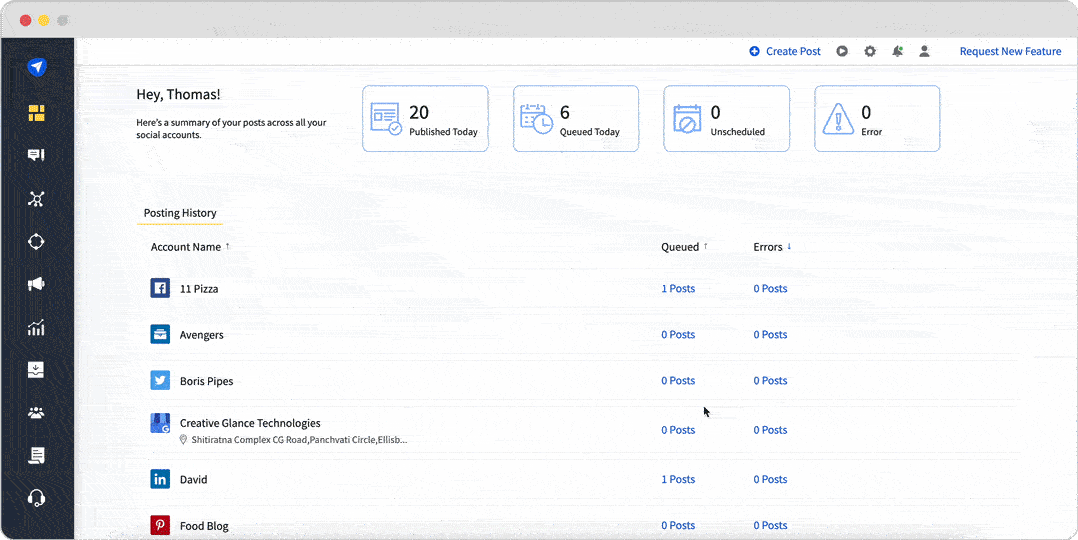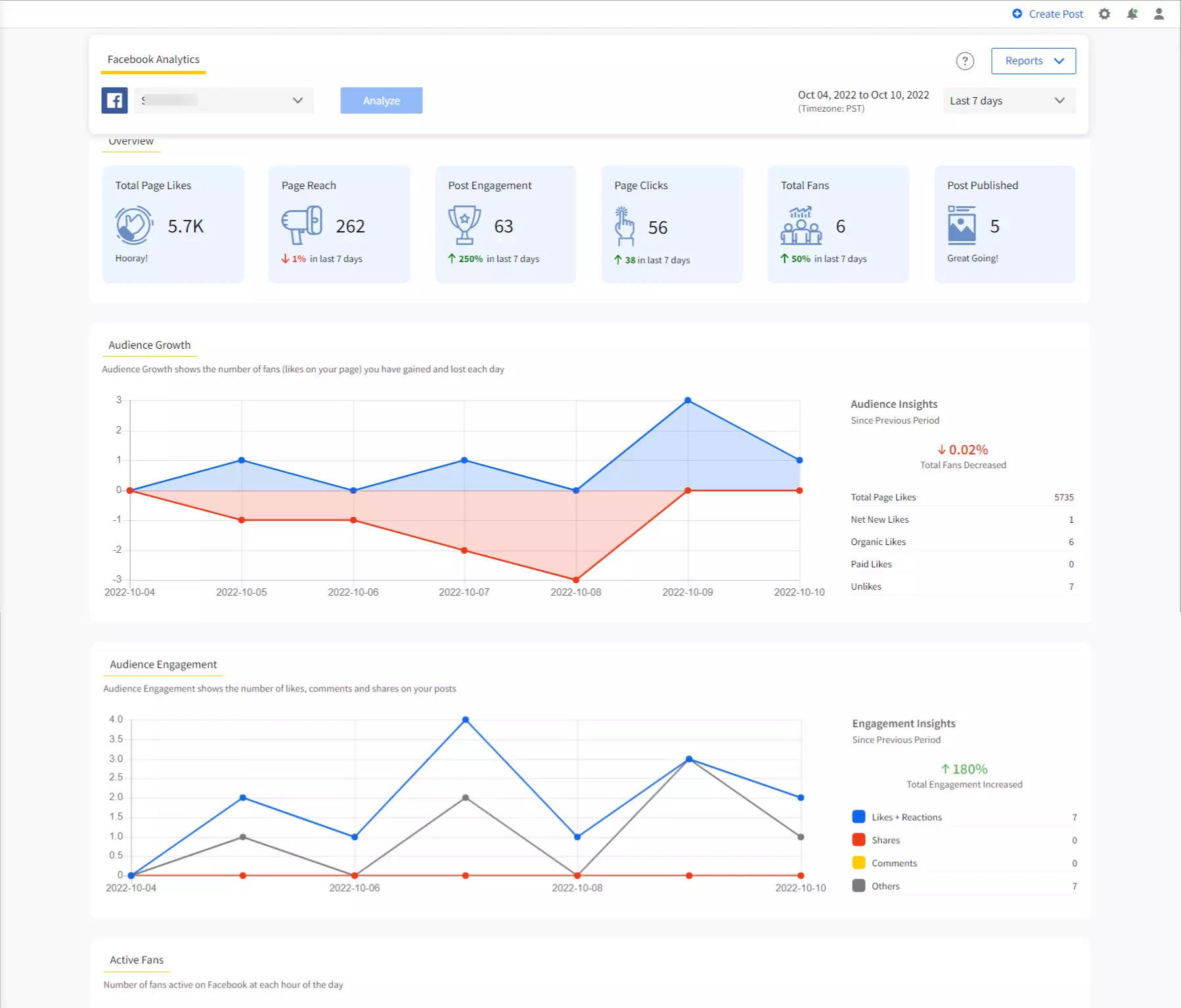The 7-step Inbound Marketing Strategy for Startups to Grow Faster
- October 13, 2022
- Knowledge Base
- 0 Comments

After launching your business venture with the aim to grow it rapidly, the next thing that jitters you is how to attract customers.
The world is a global village, and customers now surf the web to make informed decisions when buying a product or service. A study has it that 80% of business decision-makers prefer articles on a company’s website as a source of information to advertisements.
This has made inbound marketing a crucial business methodology.
Also, traditional marketing is expensive, and the only lifeline startups have to compete with bigger firms with deep pockets is the Inbound marketing approach.
Does that sound interesting?
If yes, keep reading because we will tell you about the 7 inbound marketing strategies you should adopt as a startup.
What is Inbound Marketing?
Inbound marketing is a strategic approach that involves creating valuable content aimed at attracting target customers, and building long-term relationships with them.
Your audience seeks solutions to their problems, and it’s up to you to tailor your content as a solution throughout the different stages of the buying cycle.
This content can be in the form of blog posts, e-books, webinars, social media posts, infographics, slideshare, videos, etc.
It’s all about being creative by connecting with the pains of your audience and helping to resolve them.
How does Inbound Marketing Work?
It works by focusing on tailored messages and experiences that target customers want to hear. This is backed by customer preference, behavioral data, and trends.
Instead of being pushy and demanding that potential customers pay for your products at gunpoint, you use content to draw them into your circle. Then, let them know you understand their problems and guide them until they find a solution in your business.
Customers want brands they can trust and relate with, and inbound marketing works as a tool to reach out to them before they need your products and services.
Now you understand what inbound marketing strategy for a startup is and how it works, let’s dive into the 7 steps you should know.
7-steps to creating a Stellar inbound Marketing Strategy for Startups
Step 1: Plan
Planning is like laying a solid foundation for your inbound marketing. It involves the following:
Knowing your needs
Assessing your need is understanding the current gap between where your startup is and where you want to be. Then think of the best way to close it.
Setting a goal
The goal of inbound marketing is to attract target customers who have problems your products and services can solve. Keeping that in mind will ensure you have it as a priority and work towards it.
Identify your ideal customer
You will miss the mark if you target the wrong audience. You won’t only waste your time and resources, but none of them will show interest in what you offer. Keeping a tab on your competitors through search engines and social media, conducting interviews, and leveraging existing customer data are some ways to identify your ideal customer.
Choosing content that works
Not all content works for a target audience. Using a blog post to attract an audience that cares about videos is like putting a square peg in a round hole. It’s a waste of time and won’t move the needle.
Step 2: Create
This is the stage where you develop the content that will attract your ideal audience, convert them to lead, and position you as an authority in your industry.
Let’s see the types of content you can create:
Blog posts
As a startup that wants to leverage inbound marketing, it’s expected you have a website. With it, you can create a blog post.
Take a look at your content strategy and select a topic that suits your ideal audience. Write a blog post and publish it. Your in-house or freelance writer can help you with this.
Video
Research and write your video script, use your camera to record, then edit your video with any of the video editing tools. You can leverage any of the pre-made video templates on Canva.


E-book
This type of content works with blog posts, and you can exchange them for emails from your audience. Use programs like Microsoft Word or Google Docs to write your e-book and convert it to PDF. This makes it a downloadable file that your audience can access anytime.
Webinar
Creating a webinar doesn’t take time. Prepare your slides, upload them to your webinar hosting platform, and invite your ideal audience to register and participate in them. Those who missed it can also watch a replay or on-demand.
Podcast
Podcasts resonate with people who listen to content in the form of music. Get your podcast equipment, choose a podcast hosting service, record an episode, and let your audience know about it.
Step 3: Distribute
This is where the main work begins.
Of what use is it that you have valuable content, and it doesn’t get to the audience that needs it?
What a waste!
Identify the channels where your ideal customers are and start distributing the content to reach them.
Search engines like Google, Bing, and Pinterest are suitable channels for distributing blog posts. Optimize your content to boost its chances of showing on search results.
Consider YouTube, Facebook, TikTok, and Instagram, for video content. Many of the audiences on these channels have an interest in watching videos that will help them solve a problem.
In fact, Instagram has a higher video engagement rate. Although it requires having many followers, that shouldn’t be a concern. You can get ethically built Instagram accounts with huge followers from Socialtradia.
Quora, LinkedIn, and Twitter are suitable for the distribution of podcasts, webinars, and e-books since the audience on these platforms engages in discussions that will grow their knowledge and career.
Distributing content puts a lot on your plate, and there are tools that can help you.
Feeling jitters managing your social media content distribution? Don’t worry SocialPilot is here to automate the whole process.
With SocialPilot, manage post creation, scheduling, and publishing of multiple social media networks for multiple clients from one place. Automating social media posting gives you time to focus on planning more content consistently.


Step 4: Capture
The aim of distributing your content aggressively is to convert visitors into leads. And that doesn’t just happen. You need a process in place. Let your call-to-action button be compelling; this works well in blog posts.
For example, an informational blog post can have a call to action towards the end aimed at collecting emails.
Of course, you gotta offer something in exchange, and that is where a free e-book, checklist, or template comes in.
Here’s an example of a CTA banner that we have used inside our blog.


Landing pages work like a charm. You can use it to capture leads toward the end of your free webinar. This can be in the form of asking participants to visit the landing page and download a free guide that summarizes the entire webinar.
Users who find your content valuable will visit a landing page. You can share it on Facebook, Twitter, and LinkedIn while you add it to your bio on Instagram.
Step 5: Analyze
When the leads start trickling in, analyze them to know what’s working and what’s not.
Focus on the distribution channels and content to see which generates more leads. For content, check for topics, headlines that are doing the magic, and offers that convert visitors to leads.
Use Socialpilot to analyze the content you distribute on social media. It offers detailed insights on every content you share.


Let’s take Facebook for instance. You will see the post engagement, post clicks, total reach, page likes, and other key metrics for each content.
Step 6: Cultivate
Water the leads you generate to remain green, or else they will dry off. The aim is to build credibility and trust and erase any doubt a target customer has about your brand.
You don’t have to lose sleep over this since you have them on your list. Use email campaigns and workflows to automate your lead nurturing. Serve them with content that enlightens them about your brand, product, and service and how it can help solve their problem.
Begin by sending a welcoming email that reminds them how they came to your email list. Followed by content that warms and makes them believe they are in the right place.
Don’t bombard your audience with emails. Follow a sequence, so you don’t sound pushy and annoying.
Step 7: Convert
This is when you separate the wheat from the chaff and focus on converting quality leads to sales.
The first approach is to analyze the lead score and segment them. Concentrate on the audience with a high lead score because they are the ones paying for your products and services.
Personalize your communication to suit their needs. Then explain what they stand to gain from your products and services which your competitors don’t offer.
Have product FAQs, and offer discounts and limited-offer deals that will prompt them to take action for the fear of missing out. Every other sales strategy to ensure that a sales qualified lead isn’t lost should be on the table.
Conclusion
Your inbound marketing strategies can only be effective if you understand the right steps and how they connect in a flywheel. Otherwise, you will put the cart before the horse.
We’ve shown you the 7 steps – plan, create, distribute, capture, analyze, cultivate and convert. It’s up to you to start implementing them to win customers with content that is more effective and cheaper.



